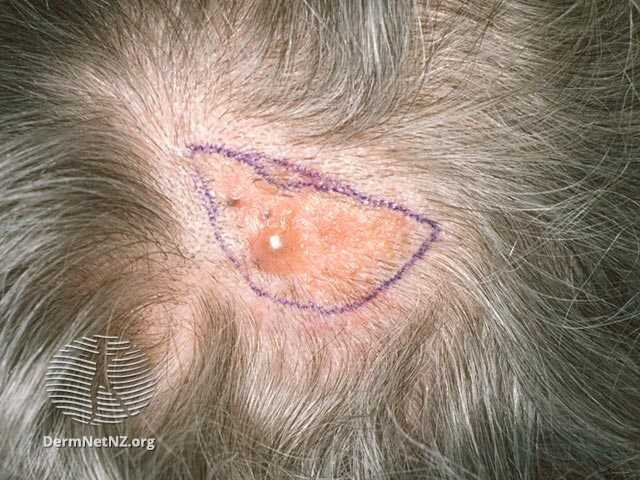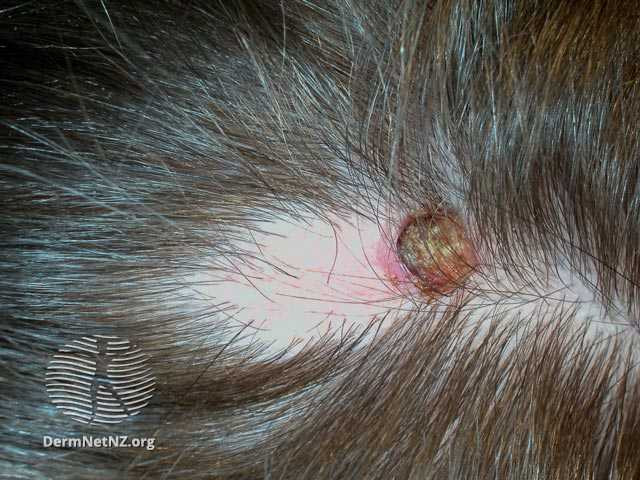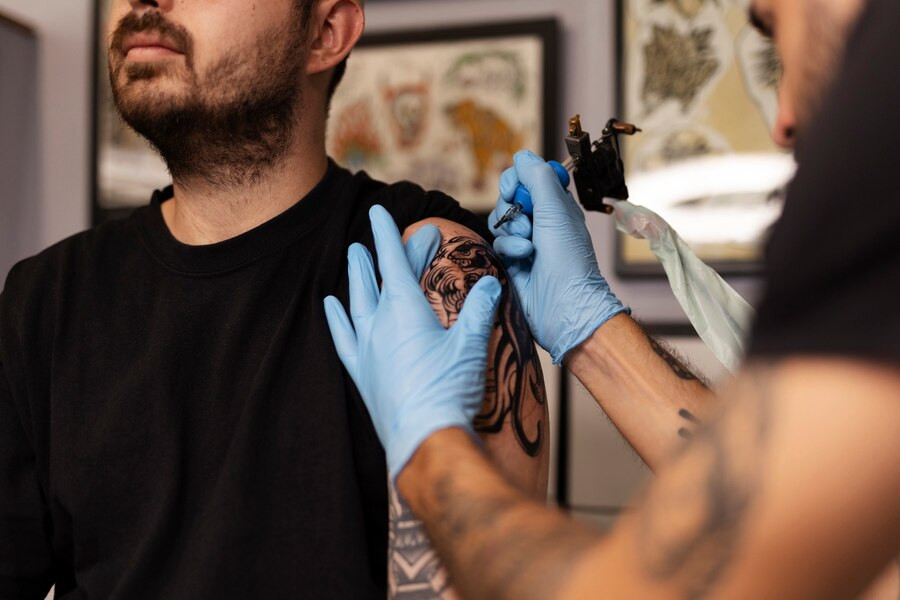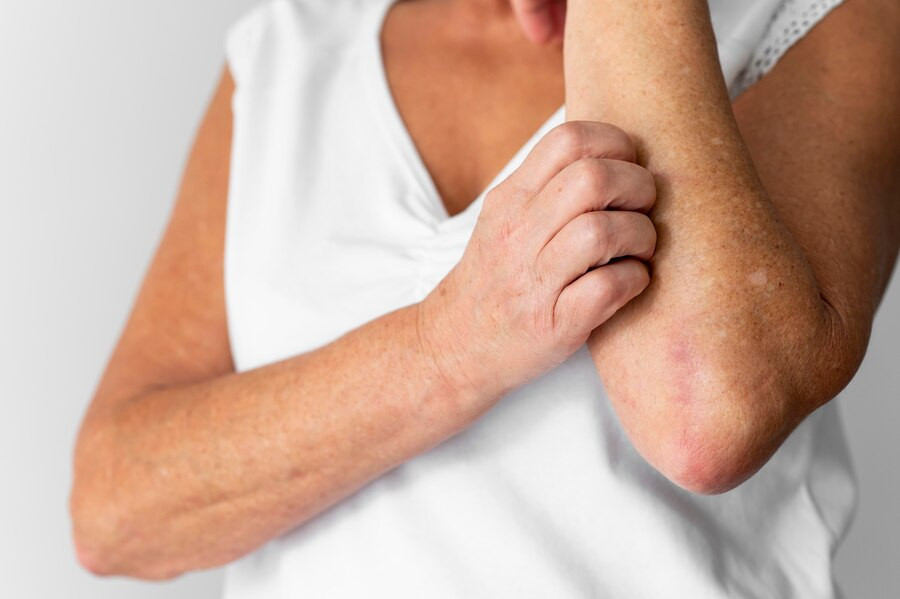Nevus sebaceous (NS) is a birthmark that usually appears on the scalp. The condition usually presents at birth or within the first few months of a child's life. Most cases are discovered in infancy or childhood, but significant changes frequently occur during puberty.
NS is more commonly seen on the scalp, face, and neck. These locations make it easy for parents or doctors to recognize them during an examination.
What causes the appearance of nevus sebaceous?
NS is linked to several inherited syndromes, including epidermal nevus syndrome (ENS) and Schimmelpenning-Feuerstein-Mims syndrome (SFM). This condition is not considered a congenital disorder, despite the fact that it is linked to certain congenital syndromes.
As for the causes of the appearance of sebaceous nevi, they include:
- Genetics
NS frequently presents without a clear family history, but there is evidence that genetic factors play a significant role. Several genetic mutations associated with NS have been discovered, including those in the PTCH gene.
Because PTCH gene mutations can affect specific types of skin cancer, such as basal cell carcinoma, it is recommended that you undergo regular skin checks if you have NS.

Examples of images nevus sebaceous
- Abnormal development during the embryonic period
During fetal development, the skin and supporting tissues develop in the womb in a complex process. The formation of NS is caused by abnormalities in the embryo's outer layer, known as the ectoderm.
The ectoderm is in charge of nerve tissue and epidermis formation. In the case of NS, the epidermis becomes thicker.
- Sebaceous gland abnormalities
NS is frequently caused by hyperplasia or overgrowth of sebaceous glands in the skin.
How dangerous is nevus sebaceous?
While NS is a benign condition, it has the potential to develop into basal cell carcinoma, particularly in adulthood. This condition may also progress to other types of tumors, such as squamous cell carcinoma or adnexal tumors.
Hormonal changes during puberty can cause NS to become more visible or change texture. This change in size or shape increases the risk of complications or infection.
Because NS is more commonly found on the scalp, it is more susceptible to infection, particularly if it is frequently scratched and injured. Infection can cause pain, swelling, and the need for medical attention.

Examples of images naevus sebaceous
What should you do if you discover a nevus sebaceous?
If you notice an NS birthmark on your baby's scalp or other parts of the body after birth, notify your pediatrician right away. Monitor any developmental or suspicious changes to detect potentially dangerous changes early.
If there are signs of growth, your doctor may recommend surgery or removing the nevus to prevent it from progressing to skin cancer.
Want to know more about nevus sebaceous or have other questions about skin condition? You can make use of the consultation features that are available in the Ai Care application by downloading the Ai Care application from the App Store or Play Store.
Looking for more information about other diseases? Click here!
- Sean Edbert Lim, MBBS
Dana Baigrie (2023). Nevus Sebaceus. Available from: https://www.ncbi.nlm.nih.gov/books/NBK482493/
Anna Gotter (2023). Nevus Sebaceous. Available from: https://www.healthline.com/health/nevus-sebaceous
WebMD (2023). What Is Nevus Sebaceous Syndrome?. Available from: https://www.webmd.com/skin-problems-and-treatments/what-is-nevus-sebaceous-syndrome
Mr Jamie Banks (2023). Nevus sebaceous. Available from: https://dermnetnz.org/topics/sebaceous-naevus
Medline Plus (2023). Hyperplasia. Available from: https://medlineplus.gov/ency/article/003441.htm
Ki Hun Kim et al. (2020). Treatment of Nevus Sebaceous with Carbon Dioxide Laser Treatment Combined with Isotretinoin. Available from: https://www.ncbi.nlm.nih.gov/pmc/articles/PMC7992573/
Mayo Clinic (2021). Basal cell carcinoma. Available from: https://www.mayoclinic.org/diseases-conditions/basal-cell-carcinoma/symptoms-causes/syc-20354187











